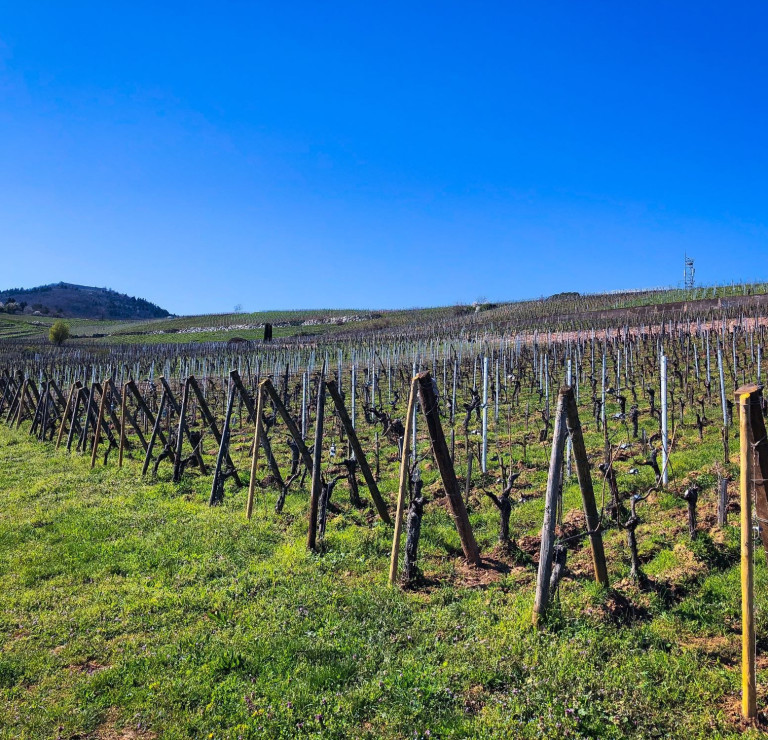
Technical presentation
| Bottling : | Septembre 2004 |
|---|---|
| Acquired alcohol : | 14.3° |
| Residual sugar : | 43.0 g/l |
| Yield : | 18.5 hl/ha |
| Average age of vines : | 52 years |
| Terroir : | Grand Cru Hengst |
| Sweetness index : | 4 |
| Soil : | Calcareous Marl from the Oligocene period, South/South East facing, medium/steep slope |
Description of the wine Gewurztraminer Grand Cru Hengst 2003
We only take our two oldest vineyard in the Hengst to produce this wine. The Hengst enjoys a relatively warm and dry climate in a normal year, stopping the development of any rot. Needless to say that in 2003, the grapes were harvested extremely healthy, and it was a very easy work for the harvest team, because all the grapes were good to take. The high pH calcareous/marl combination really helped to give this vineyard a strong resistance to the heat and drought. Gewurztraminer likes heat, it is even necessary for the skins to properly ripen, but the soil should stay cool, so the wine can develop an interesting structure. The ripeness was also exceptionally high, given the total absence of noble rot.

Tasting notes
06/2004 : The nose is perhaps the most intense spicy of all the cellar, but still quite lean and austere. The palate, just like the Heimbourg, shows all the future potential of this wine: big, round, very flavourful and spicy, almost earthy at this early stage. Very similar in style to the 1998.
10/2004 : Same evolution as the heimbourg : it is turning into a very aromatic complex spicy gewurztraminer. This grape variety never has high acidities (except in 2002) and perfectly manage without it, if the grapes are harvested ripe with good tannins. The Hengst 2003 shows all the personality of his vineyard in a rich, intense wine.
10/2013 : Mineral spicy peppery nose. Amazing complexity and youth. The limestone bring that salty spicy finish and great ageing potential. The sweetness is well integrated and now would only be indice 3 at the maximum.

The Hengst Grand Cru of Wintzenheim
The Hengst was first mentioned in the 9th century in an endowment of the Murbach Abbey. The lord of Haut Landsbourg as well as the bailiff of Kaysersberg shared the feudal rights up to the Great Revolution, whilst various noble families, abbeys and the bourgeoisie of Colmar exploited important parcels.